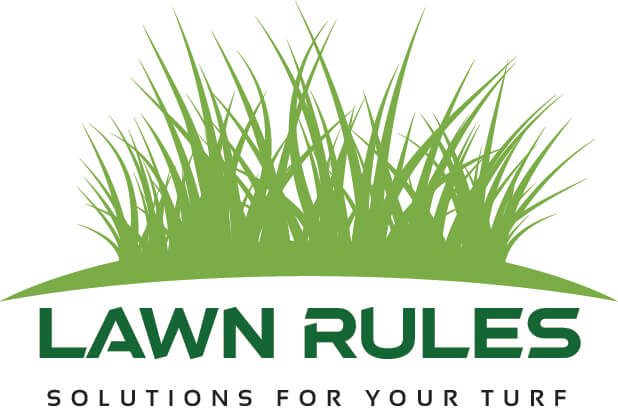- No product in the cart.
Best Weed Killer For Lawns
Out of all the lawn care questions I get asked is what is the best weed killer for lawns. Meaning what product should I spray to kill the weeds in my lawn. Your best defence against weed invasion is having a dense healthy lawn. Weeds are extreme opportunists, taking advantage of open spaces in thin weak stands of turf that’s why you need the best weed killer for lawns.
There are many classes of broadleaf weeds: Annual broadleaf weeds (completer their life cycle in one year), Perennial broadleaf weeds (persist from year to year) and miscellaneous broadleaf weeds. Prevention is the best control. But how do weeds invade our lawns? Unfortunately, the optimal time to control specific weeds is not necessarily when you first see them. In addition, no one product or individual application will control all weeds for the entire season. The best way to control weeds is to prevent them from ever creeping up in your lawn. So just why do weeds invade lawns?
- Improper mowing. Mowing too short can thin the turf stand and allow weeds to germinate and shoot through the canopy.
- Improper fertilizing. If some is good, more is better, right? Fertilizing too much, too little, or at the wrong time may benefit the unwanted weeds more than the turf.
- Improper watering. Frequent irrigation encourages weed seeds to germinate and a shallow-rooted turf that is less competitive with weeds for soil moisture and nutrients.
- Compacted soil. Compaction is a hidden stress for heavy clay soils. The turfgrass root system struggles to compete with weeds in a highly compacted soil.
- Environmental stress. When the stresses of the environment (i.e. late season freeze, heavy rains and flooding, high humidity) weaken and thin lawns, weeds often take over.
- Excessive thatch results in shallow-rooted grass, which can lead to weed invasions. Soil-applied weed control chemicals can bind up in thatch, reducing their effectiveness.
Spring and Autumn is the best time to control broadleaf weeds with the best weed killer for lawns. Late Winter to Autumn is the most effective time to control broadleaf weeds in lawns. Most broadleaf weeds flower during Spring period and invade warm season grasses that have been dormant during winter. These young broadleaf weeds are small and easily controlled with the best weed killer for lawns. Some established weeds are more easily controlled in the Autumn than in the spring because they are actively moving materials from the top portion of the plant to the roots. The best weedkiller Herbicides will translocate to the roots as well and will kill the plant starting at the roots.
Chemical control of broadleaf weeds. There are some keys to keep in mind when choosing the best weed killer for weeds for lawns.
- Select an herbicide that is effective against the weeds and safe for the turf. Not all herbicides can be used on all species of grass.
- Follow all label directions and precautions or contact lawn rules.
- Apply the herbicide at the correct time and rate.
- Apply the product uniformly over the area without overlapping or skips.
- Repeat the application as specified on the label.
Products such as Bow & Arrow have been on the market a number of years and have provided great results on many grass varieties in the commercial world of turf, for being the best weed killer for lawns.
Bow & Arrow Herbicide provides outstanding control of broadleaf weeds in turf. Broadleaf weeds including;
- White Clover (Trifolium repens),
- Plantain (Plantago lanceolata),
- Capeweed (Arctotheca calendula),
- Cat’s ear (Hypochoeris radicata),
- Bindii (Jo-Jo, Onehunga) (Soliva sessilis),
- Cudweed (Gnaphalium spp.),
- Creeping oxalis (Oxalis corniculata),
The Benefits
- High level of efficacy
- One standard application rate
- No volatility concerns
- Superior turf safety (cool and warm season grasses)
- A mix of active ingredients for improved resistance management
- No odour
- Additional surfactants not required
Bow & Arrow Herbicide for broadleaf weed control in turf is a formulation containing the active ingredients, MCPA as potassium salt, clopyralid as potassium salt and diflufenican. Current broadleaf turf herbicides have a tendency to cause rapid desiccation of weed leaves and shoots. Recovery may then occur from the significant root systems and/or other underground components of the weed. The effect of Bow & Arrow Herbicide is slower than other broadleaf herbicides but the ultimate result is more effective, with no evidence of regrowth.
This unique three-way mixture provides extended weed control (season-long) in most situations. Remember whenever applying any chemical be sure to read and follow all label instructions for best results and safety. Also keep in mind the more active the weed growth, the more effective its control.
Caution should be taken when applying broadleaf weed control to avoid damaging desirable landscape plants. Applications should be avoided on windy days to prevent drift from occurring.
